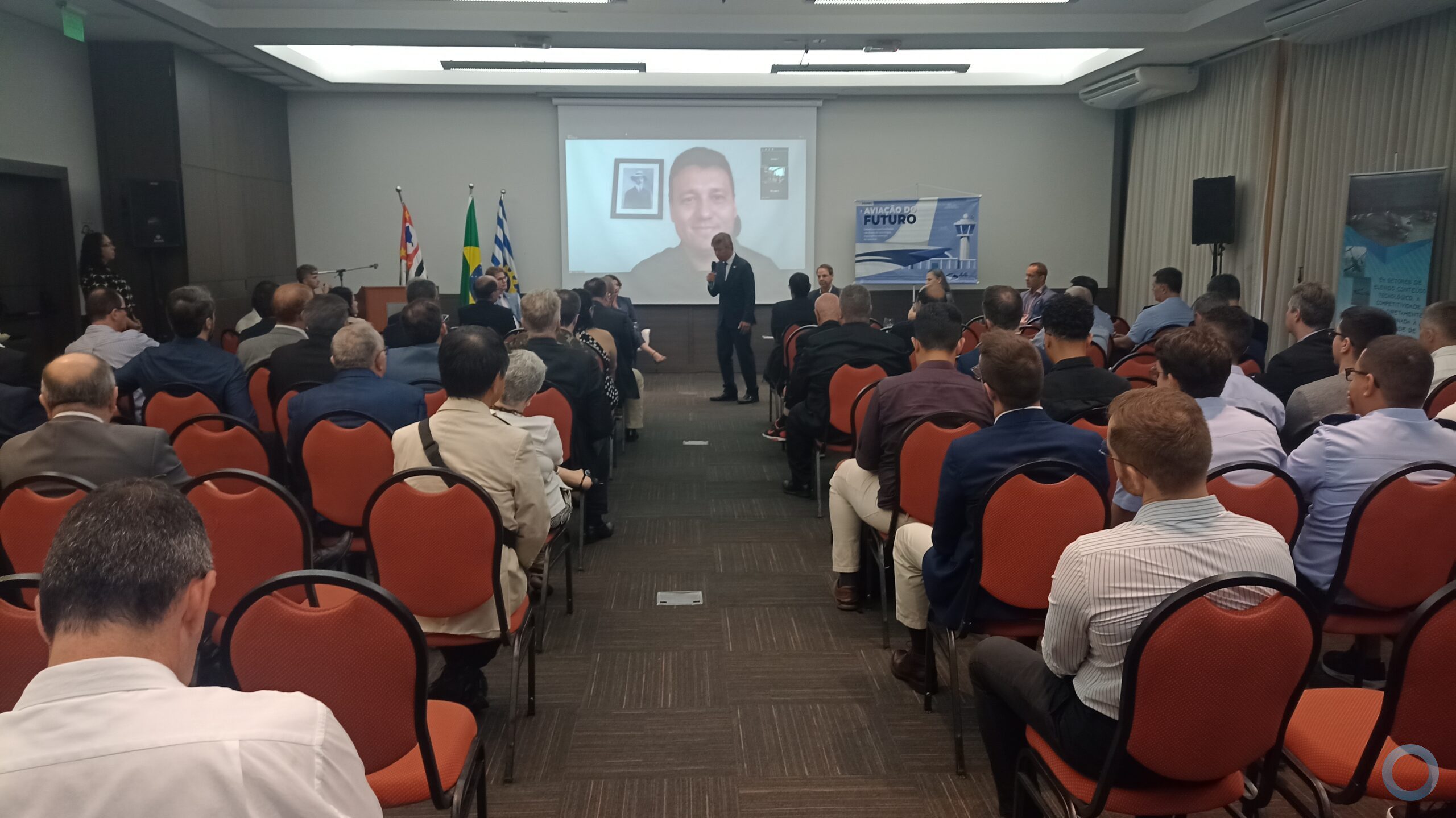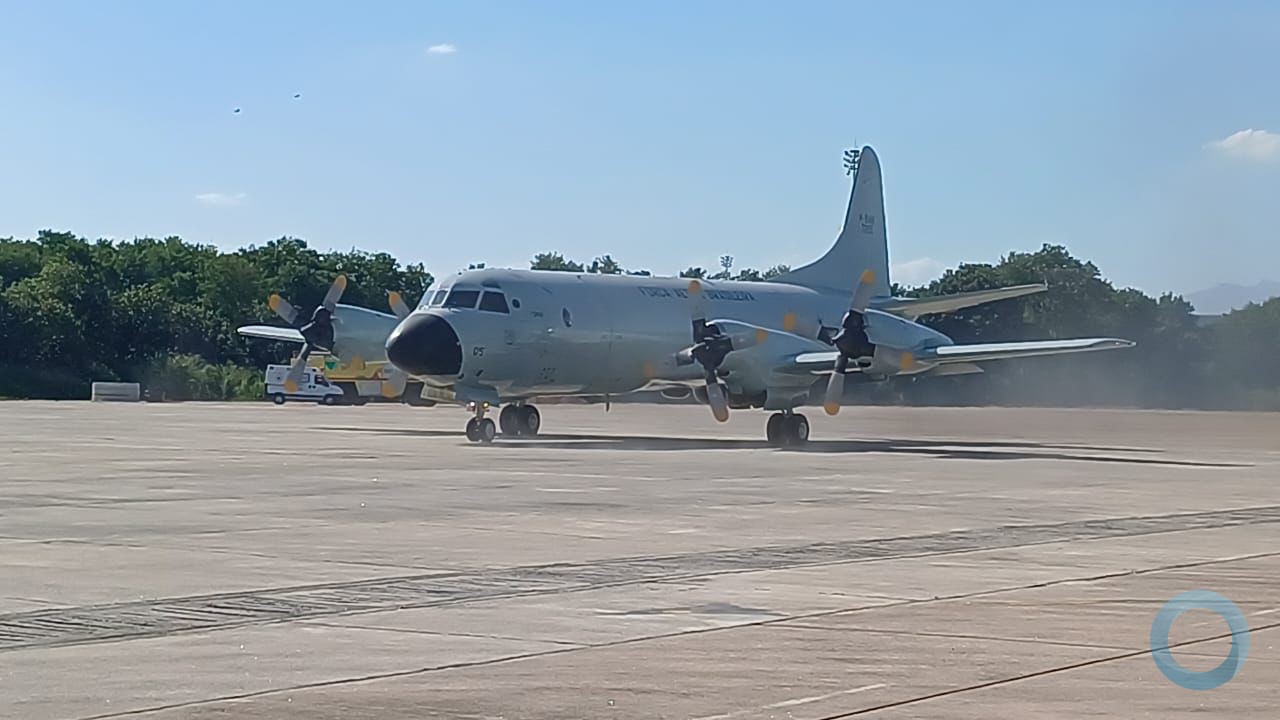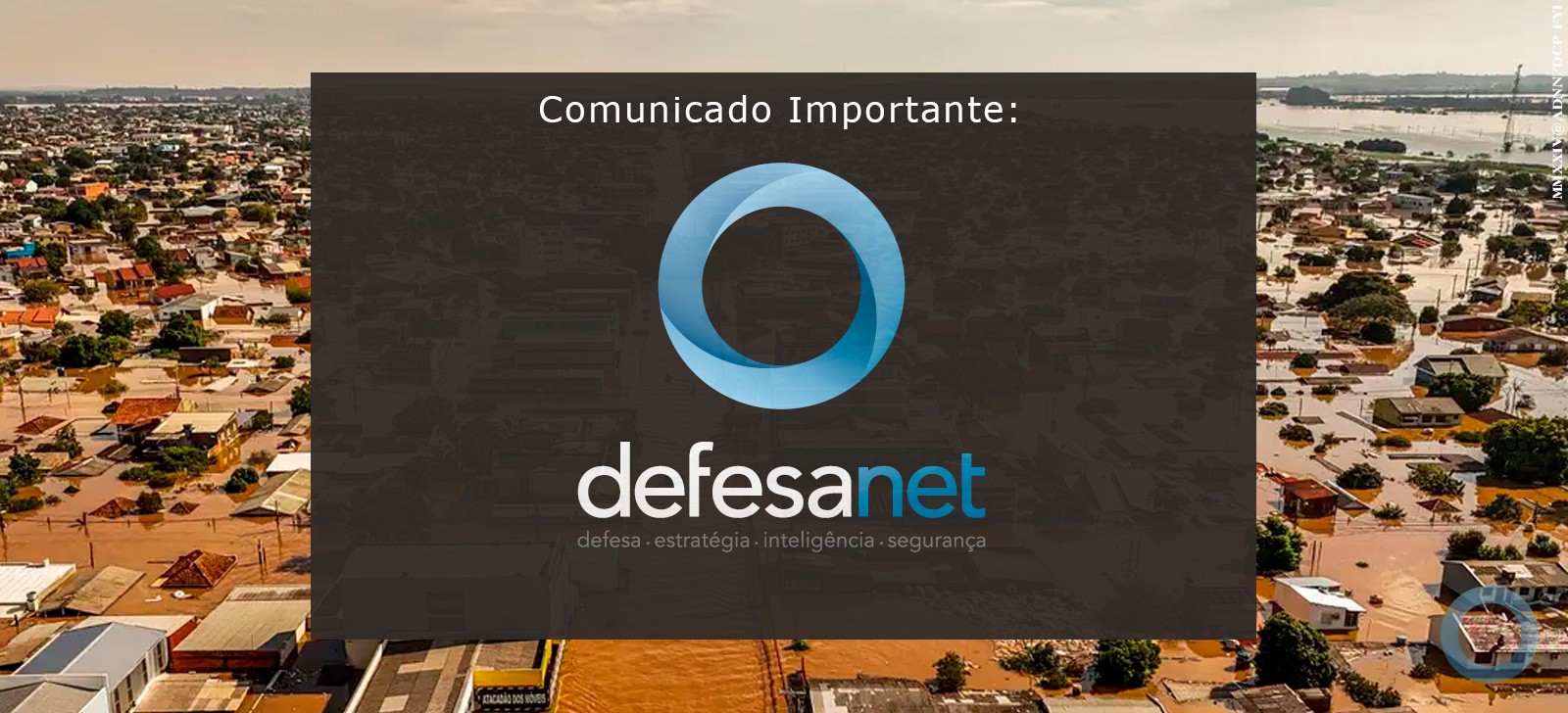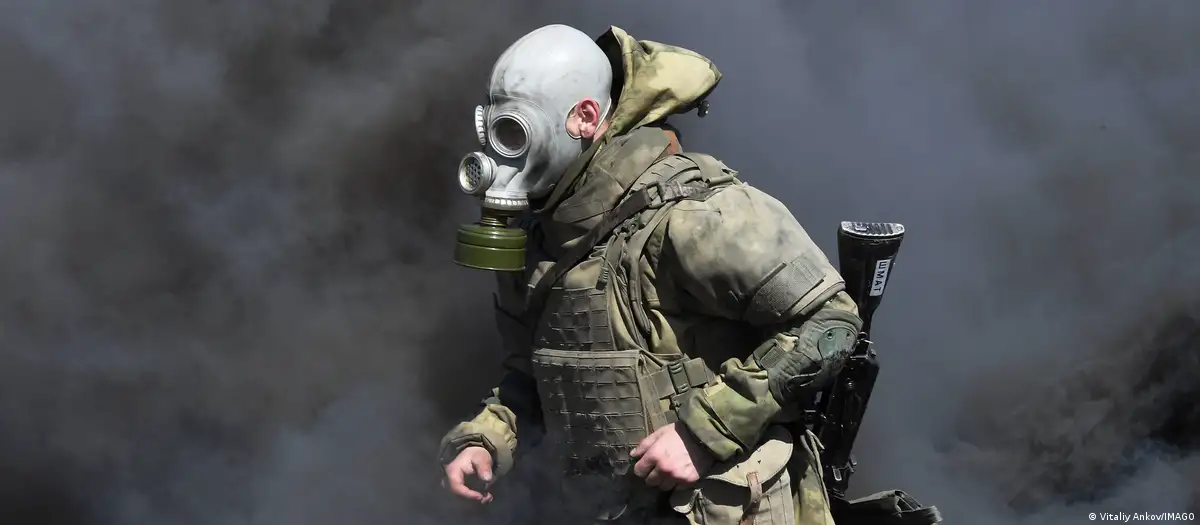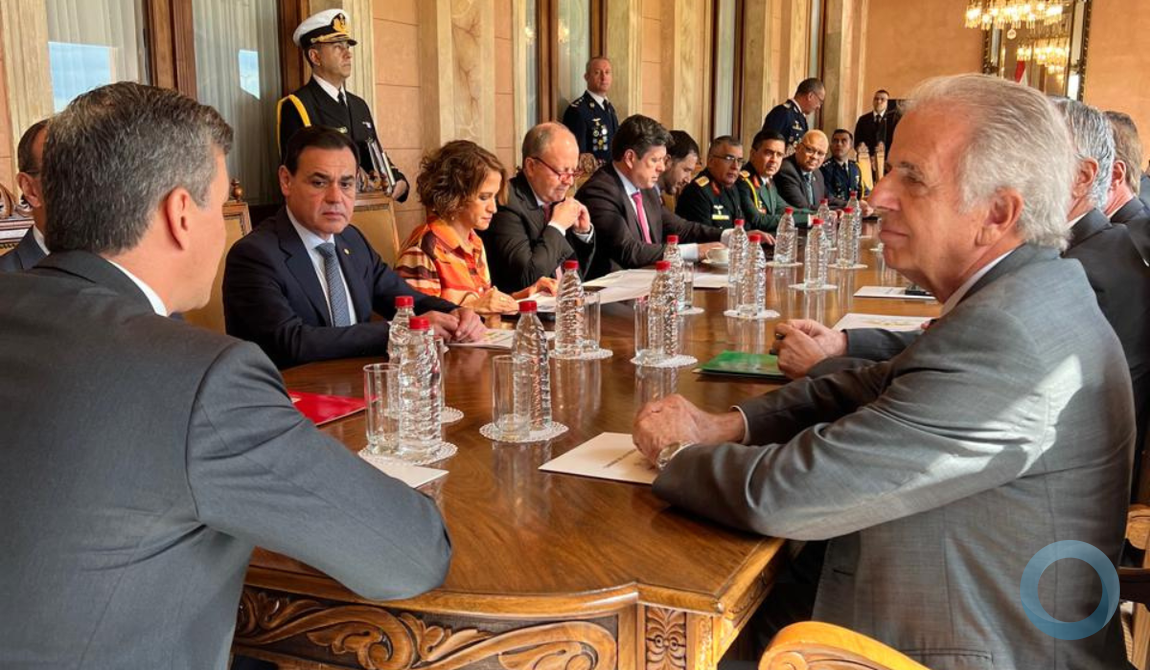Marcos Ommati
The Brazilian Air Force (FAB) actively participates in overseas peacekeeping missions, assisting victims and conducting search and rescue missions whenever disaster befalls the nation. It also often assists in related activities in neighboring countries.
General Alvani Adao da Silva assumed the position of head of Strategic Affairs of the Joint Staff of the Brazilian Armed Forces on March 10th, 2015, and has received more than 18 awards in Brazil and abroad. He represented Brazil at the 2016 South American Defense Conference (SOUTHDEC), which dealt with the new roles of the military in South America.
During the conference, which took place in Montevideo, Uruguay, from August 16th-19th, General Alvani spoke with Diálogo about the FAB’s activities in South America.
Diálogo: The Brazilian Air Force actively participated in the United Nations Stabilization Mission in Haiti (MINUSTAH) with an infantry battalion. Can you comment on FAB’s participation in this and other peacekeeping missions abroad?
General Alvani Adao da Silva: The Brazilian Air Force has a constant presence of two flag officers in MINUSTAH’s General Staff. In 2010, five days after the earthquake, the FAB Field Hospital was set up in Port-au-Prince. After four months, the hospital, with the participation of 114 military personnel, had served 24,184 patients; performed 36,028 medical procedures (dental care, removal of stitches, dressings, etc.); had assisted in 200 deliveries and in 1,145 surgeries, and delivered about 460,000 medicines to patients. The following year, the Brazilian Air Force began deploying platoons to reinforce the security forces.
In 2015, a total of 250 soldiers from eight platoons rotated between activities on the streets of the capital, Port-au-Prince. FAB also provides MINUSTAH support with its aircraft. In 2014 alone, a total of 189 tons of cargo and 1,058 passengers were transported between Brazil and Haiti in FAB planes. At the time of the earthquake, in addition to the military personnel, support material, and the field hospital structure, FAB transported food, medicine, and water.
Besides the presence in Haiti, FAB has a seat on the staff of the peace mission in the Ivory Coast and another in the peacekeeping mission in South Sudan. There are also two observers in Western Sahara, one in Sudan and one in South Sudan. Between 1960 and 1964, the Air Force participated in the UN Emergency Force in Congo with planes and helicopters with a contingent of 179 military personnel.
Diálogo: Another non-traditional role of the Brazilian Armed Forces, which is increasingly becoming more common, is assisting the Federal Police and other forces in the fight against drug trafficking. How does the Air Force participate in operations of this kind?
Gen. Alvani: One way is through Operation Ágata, which has been going on since 2011 to curb crime in the border regions with the massive presence of the military and other Brazilian state agencies, not just the Federal Police. It is an interagency operation focused on curbing illegal activities such as the trafficking of arms, ammunition and explosives, environmental crimes, etc.
The cooperation of the Brazilian Air Force with public security agencies also takes place in many other activities, such as the Guarantee of Law and Order missions, search and rescue situations, and also in coordinating intelligence.
Diálogo: In addition to controlling airspace, could you give us other examples of FAB's participation in the Rio 2016 Olympic Games?
Gen. Alvani: FAB had a broad participation in the 2016 Olympic and Paralympic Games. There were more than 11,000 servicemen responsible for managing air traffic control. The number includes servicemen working in the city of Rio de Janeiro and those who managed incoming flights from other parts of the country or abroad.
The Air Traffic Management Center’s Master Command and Control Room, located in Rio de Janeiro, brought together representatives from several government agencies, such as the Department of Civil Aviation, the National Civil Aviation Agency, the Federal Police, Anvisa [Brazil’s Health Regulatory Agency], and airport concessionaires, among others. They worked 24 hours a day, sharing information about arrivals, movements and departure of officials, delegations and the viewing public.
During the Olympics, the air traffic flow was smooth despite the enormous amount of traffic. The day after the closing ceremony recorded the largest number of air operations. Rio International Airport had 524 takeoffs and landings – 367 domestic and 157 international flights. The peak in air traffic took place between 8 a.m. and 9 a.m. and from 9 to 10 at night, with 33 air operations per hour. This increase was due to the heads of state, athletic delegations, Olympic families, and tourists returning to their countries. The airport also broke a record in passenger movement, with 85 million passengers, more than double the normal daily rate.
During the 17 days of the Olympic Games, the host city airports recorded a close to 95 percent on-time flights. To execute these actions, the Brazilian Air Force received the support of fighter planes, helicopters, and radar aircraft. This concept and the military structure required to manage air traffic flow has already been adopted in major events hosted by Brazil.
Finally, the Air Force had 39 athletes that made the Olympic team representing Brazil at the Rio 2016 Olympic Games. Four won medals: Sergeant Thiago Braz (gold medal in pole vault jumping), Sergeant Arthur Zanetti (silver medal in artistic gymnastics), Sergeant Arthur Nory (bronze medal in artistic gymnastics) and Sergeant Maicon Siqueira (bronze medal in taekwondo).
Diálogo: At its core, FAB has a long tradition of participation in assistance activities for disaster relief/humanitarian assistance. Could you give us some recent examples of these activities? What kind of engagement does FAB have with the region and with the United States in terms of exchange of information, combined exercises, etc.?
Gen. Alvani: The Brazilian Air Force conducts numerous humanitarian aid missions. The most frequent are the civic and social activities, that is, when the military provides services to the population. In 2015 alone, FAB health professionals served about 15,000 people in several regions of the country. Doctors and dentists have served in clinics in the areas of dermatology, gynecology, ENT, orthopedics, pediatrics, and dental care. These civic and social actions benefited residents of various localities. In Lagoa Santa, Minas Gerais alone, the Brazilian Air Force Field Hospital assembled in partnership with the city government in April of this year, has treated 6,739 patients from the local population. They also distributed almost 24,000 medications.
Seventy-four FAB health workers participated in this mission, including 43 doctors, 23 dentists, and eight pharmacists. Another highlight is the transportation of organs and tissues. Organ transportation missions have been taking place for years. Between 2013 and 2015, 68 organs were transported by FAB. In 2016, the number is closer to 46. It is also important to highlight other missions dedicated to transporting vaccines, sick and injured people, combating fire, and search and rescue after a disaster.
FAB is also present at times of great disasters, such as floods, earthquakes, and droughts, both in Brazil and abroad. Since 2002, FAB has organized the CRUZEX exercise, which in its seven editions has included the participation of Argentina, Canada, Chile, Colombia, Ecuador, United States, France, Uruguay, and Venezuela. Also, there are air defense exercises to combat illegal activities in the border areas with Argentina, Bolivia, Colombia, Paraguay, Uruguay, and Venezuela. In conjunction with the United States, two important operations took place in 2015.
A FAB medical officer embarked on the Norfolk-based Navy hospital ship USNS Comfort to assist in the humanitarian aid mission to Central America. In November, the UNITAS exercise included FAB exercises against the air wing embarked on the USS George Washington, in addition to the fleet of vessels from the United States, United Kingdom, Mexico, Peru, and Chile. Other activities included the humanitarian missions in other countries and combined exercises like PANAMAX, SALITRE, and FELINO.
























